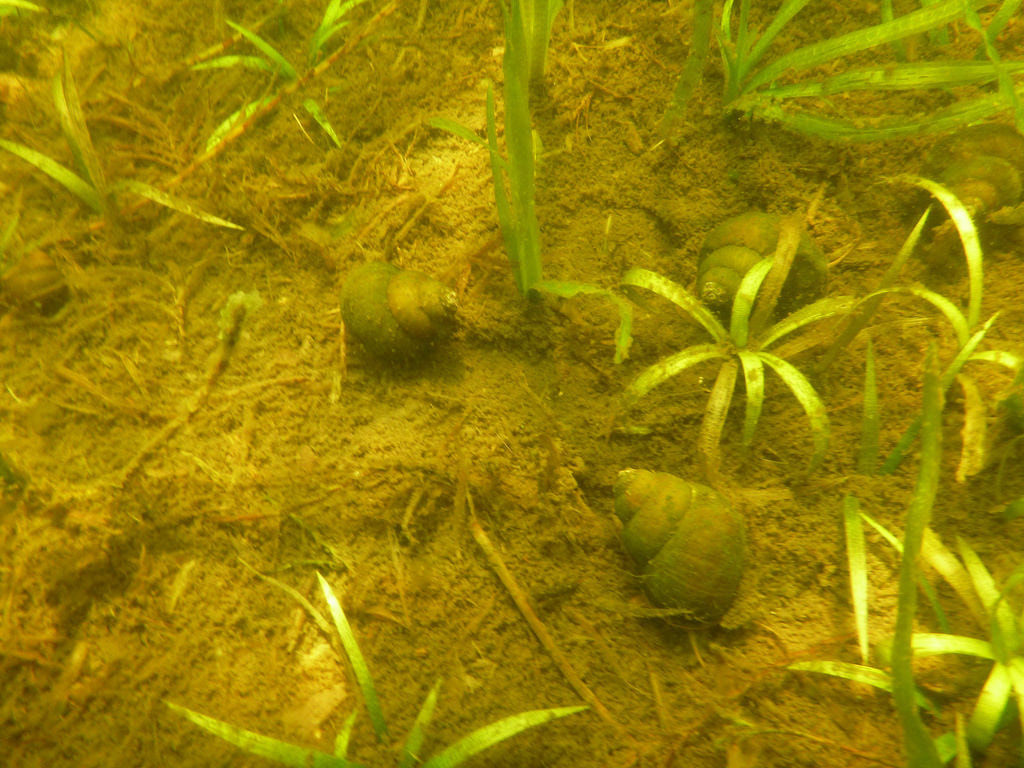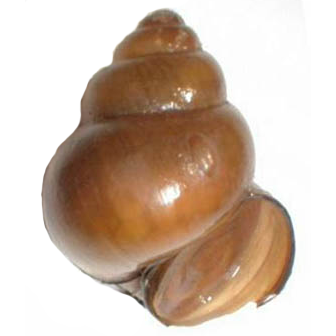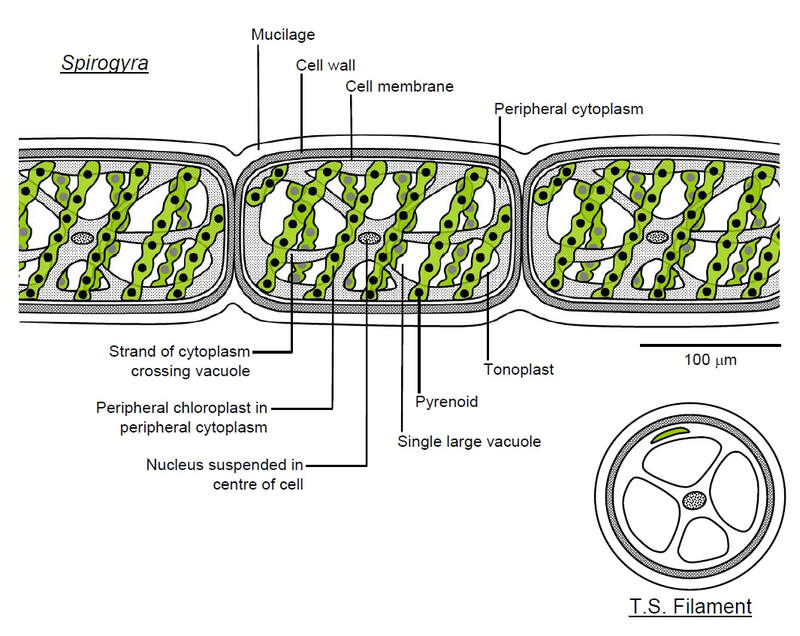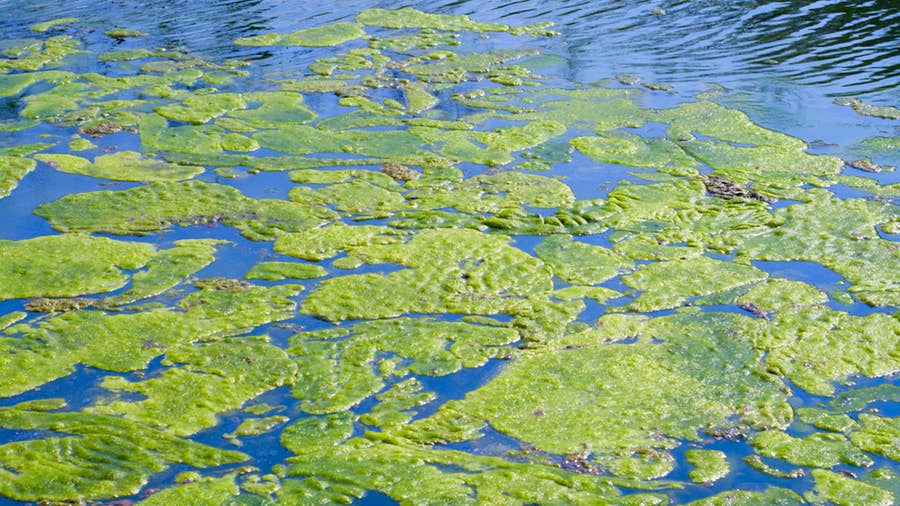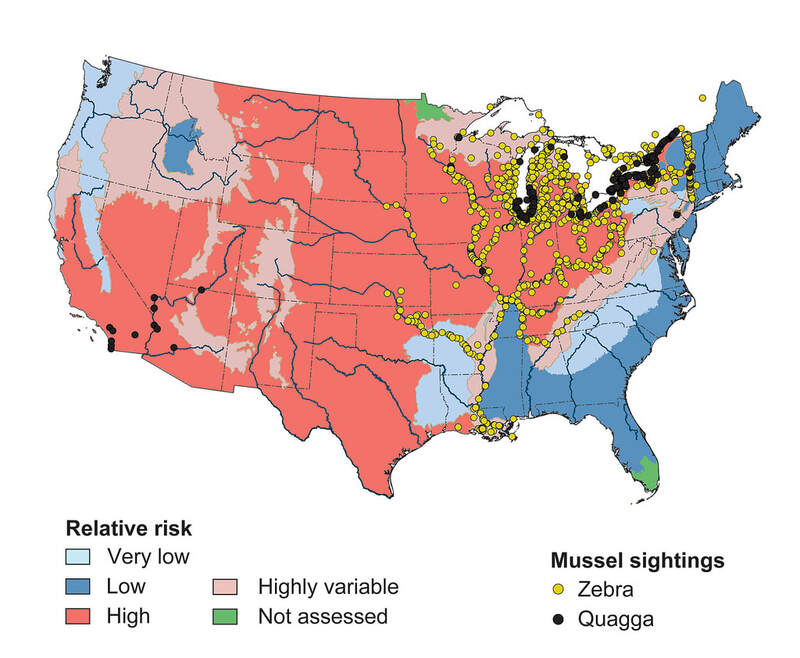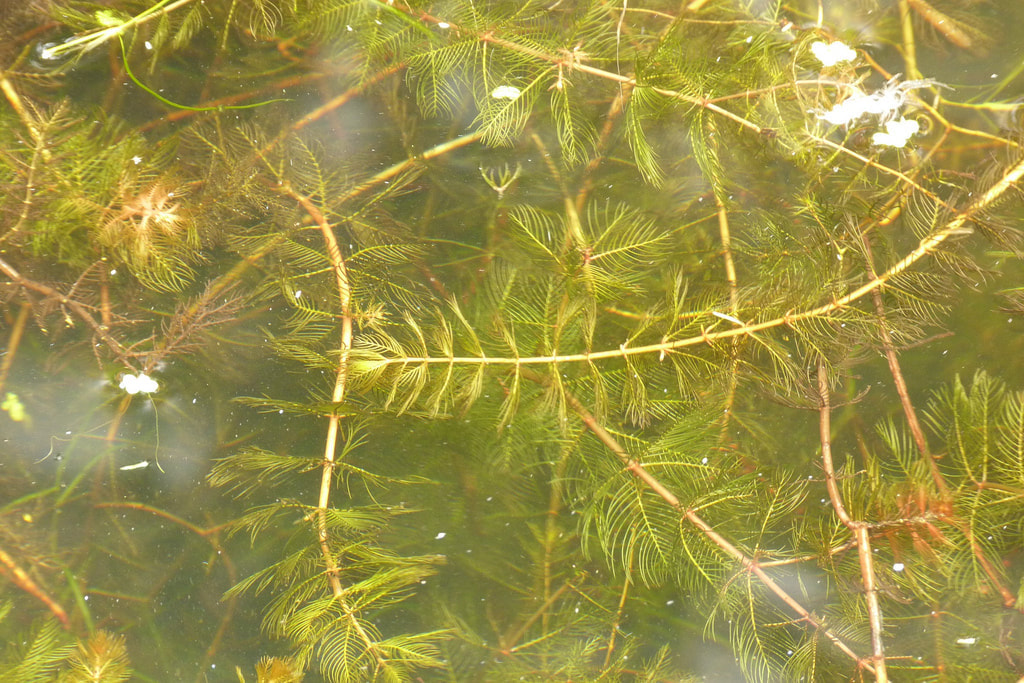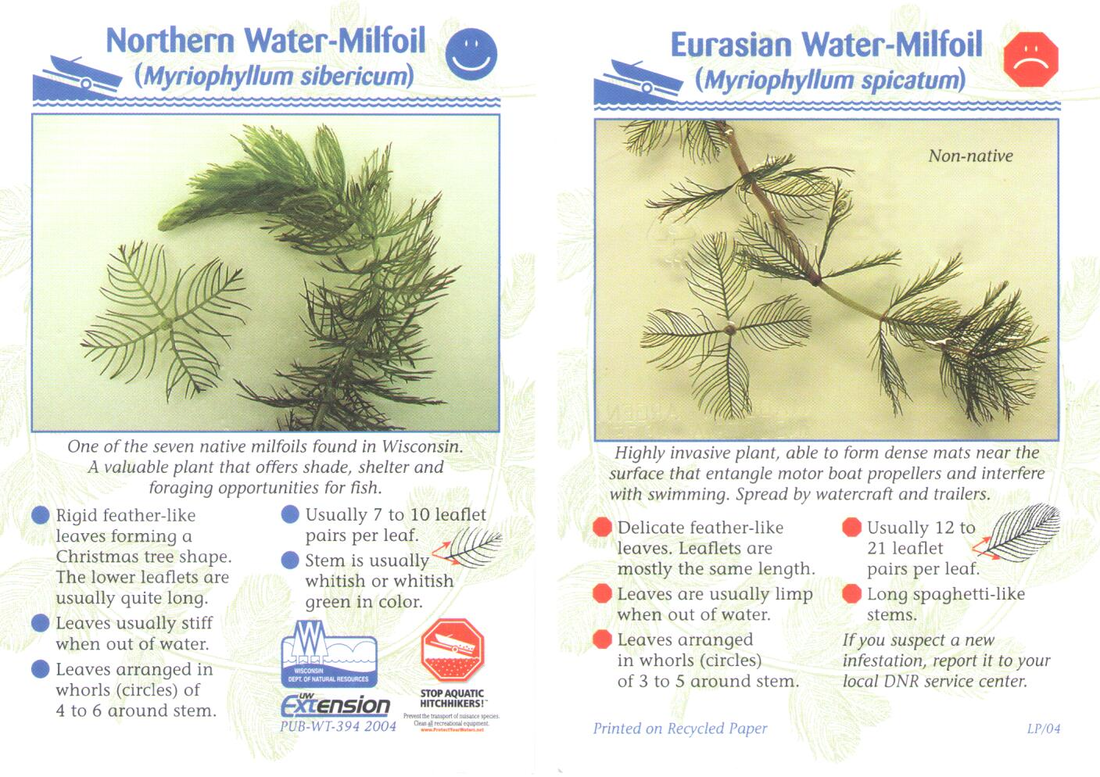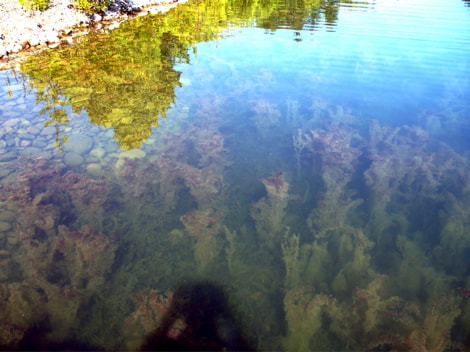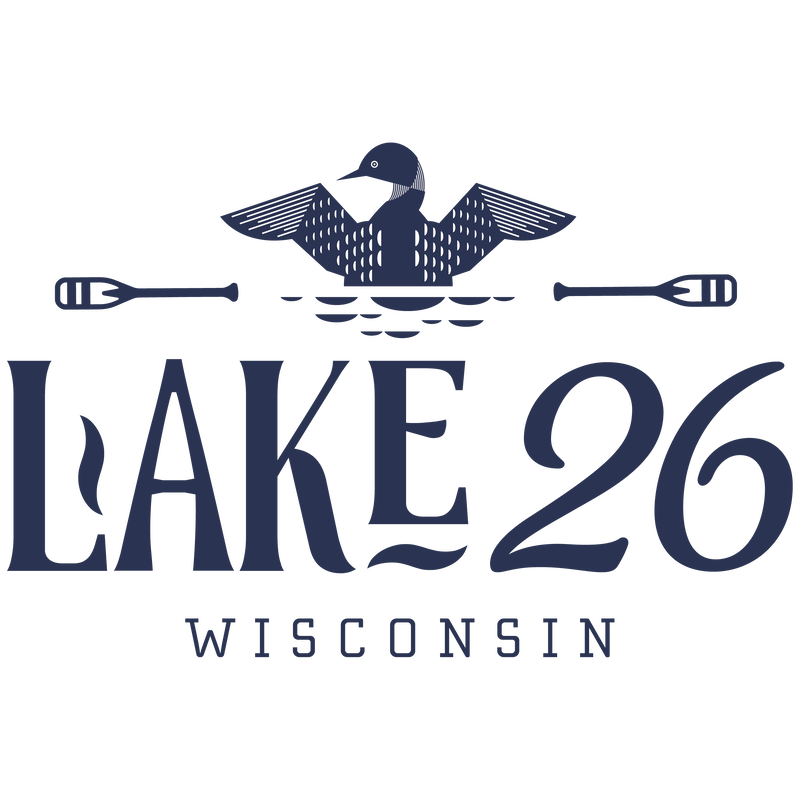Invasive Species are harmful to indigenous plants and animals and contribute to an environment that is less enjoyable and less valuable.
Here's a quick reference for spotting harmful invaders as well as nuisance local species.
Here's a quick reference for spotting harmful invaders as well as nuisance local species.
CHINESE MYSTERY SNAIL
Our Lake 26 has an abundance of this pest. Once introduced, these are difficult to eradicate. These nuisance snails compete with the smaller indigenous species, pass from lake to lake through waterfowl, boats and live-wells. These snails also are part of the lifecycle for parasites which cause cercarial dermatitis (swimmer's itch).
Let's keep our focus up on these critters by pulling bucketfulls out of the lake this year. In 2018 the association will again offer a $100 prize to the association member reporting the demise of the largest number of buckets of snails. We'll hear the tale and award the winner at this year's picnic.
Learn about ways to minimize risk of swimmer's itch.
Learn about ways to minimize risk of swimmer's itch.
BLUE-GREEN ALGAE
Yuck. This stuff is a real buzzkill.
Blooms are unavoidable in most inland lakes, but they can be managed at least a little if we are careful with the runoff that reaches the lake as well as the amount of rotting plant material we're contributing to on the lake bottom. Decomposing plant material (and decomposing algae blooms) become sustenance for the next bloom.
Blooms make the water a whole lot less enjoyable for swimming, and dangerous for humans and pets to drink, contributing to gastrointestinal problems and other uncomfortable symptoms.
Learn more about blue-green algae from the Wisconsin DNR.
Blooms are unavoidable in most inland lakes, but they can be managed at least a little if we are careful with the runoff that reaches the lake as well as the amount of rotting plant material we're contributing to on the lake bottom. Decomposing plant material (and decomposing algae blooms) become sustenance for the next bloom.
Blooms make the water a whole lot less enjoyable for swimming, and dangerous for humans and pets to drink, contributing to gastrointestinal problems and other uncomfortable symptoms.
Learn more about blue-green algae from the Wisconsin DNR.
ZEBRA MUSSELS
These are our lake's biggest risk at the moment with recent reports of lakes affected as nearby as Big Mackenzie Lake. This is the first inland (waterway unconnected to great lakes) lake in Northwestern Wisconsin to see these pests. Not too far away!! Lake 26, unfortunately, has the added risk of containing levels of calcium considered 'suitable' for sustaining a zebra mussel population.
Burnette County is reaching out to all associations and lake lovers for help in controlling this spread. Download the letter below for details on how we can help.
| burnett_county_conservation_letter_big_mckenzie_lake.pdf | |
| File Size: | 1884 kb |
| File Type: | |
Once these take hold, there is no eradication strategy currently known to be successful. These guys will affix themselves to underwater surfaces, multiply very rapidly, compete with natural mussels and clams and upset the balance in the waters. Ultimately the affect will be an increase in algae blooms and severe lake quality impact.
Learn more about zebra mussels from Burnett County here: Lakes and Rivers Information
Learn more about zebra mussels from Burnett County here: Lakes and Rivers Information

